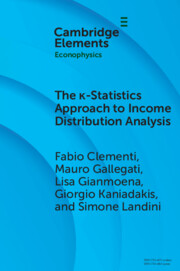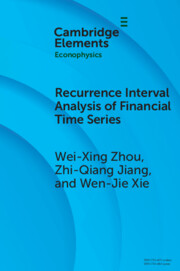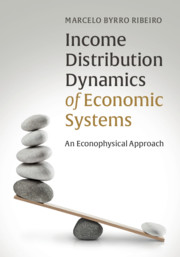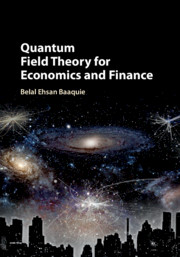The κ-Statistics Approach to Income Distribution Analysis
This Element presents the κ-generalized distribution, a statistical model tailored for the analysis of income distribution. Developed over years of collaborative, multidisciplinary research, it clarifies the statistical properties of the model, assesses its empirical validity and compares its effectiveness with other parametric models. It also presents formulas for calculating inequality indices within the κ-generalized framework, including the widely used Gini coefficient and the relatively lesser-known Zanardi index of Lorenz curve asymmetry. Through empirical illustrations, the Element criticizes the conventional application of the Gini index, pointing out its inadequacy in capturing the full spectrum of inequality characteristics. Instead, it advocates the adoption of the Zanardi index, accentuating its ability to capture the inherent heterogeneity and asymmetry in income distributions.
Product details
May 2025Paperback
9781009446358
75 pages
229 × 152 mm
Not yet published - available from May 2025
Table of Contents
- 1. Introduction
- 2. New Insights on the Measurement of Inequality
- 3. The κ-Generalized Distribution
- 4. Modeling Income Data Using the κ-Generalized Distribution
- 5. Conclusion
- References.






